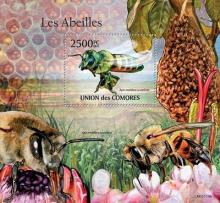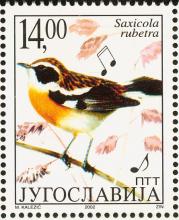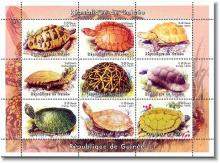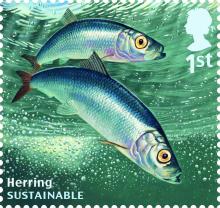Het gebruik van neonicotinoïden in Frankrijk is sterk toegenomen
Franse bijenhouders zijn verbijsterd. Ondanks het Europese moratorium op 3 neonicotinoïden is het gebruik daarvan in Frankrijk 'explosief' toegenomen. In 2013, het jaar waarin het Europese moratorium op neonicotinoïden van kracht werd, is 387 ton aan acetamiprid, clothianidine, thiamethoxam, imidacloprid en thiacloprid gebruikt. In 2014 was dat 508 ton, een toename van 31%. Sommige stoffen werden minder gebruikt, het gebruik van imidacloprid steeg met 36%.










